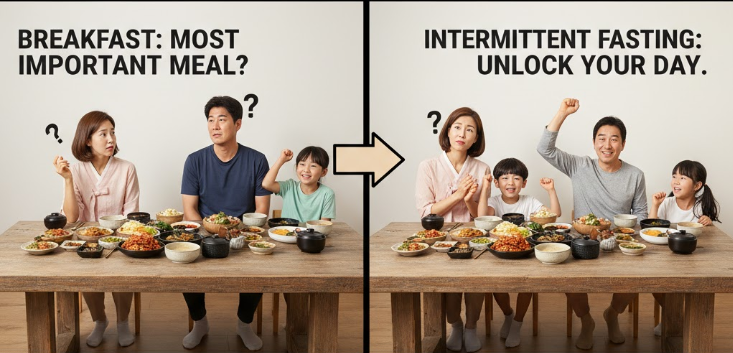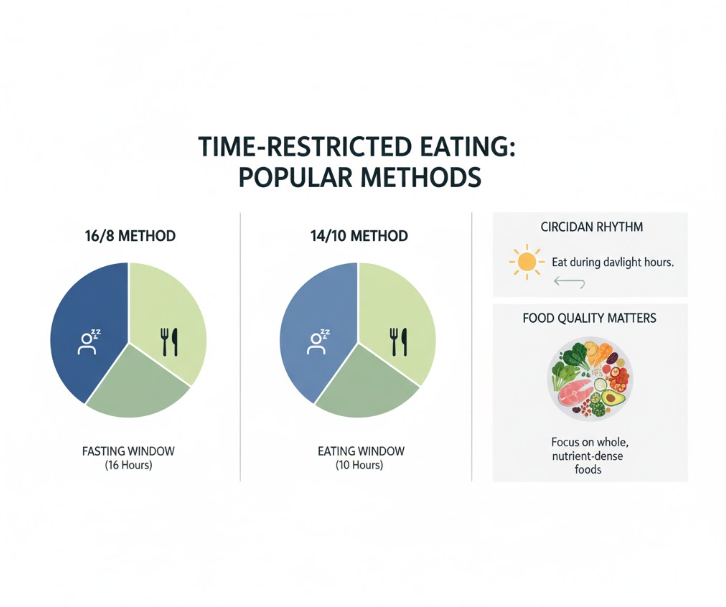We all hear about intermittent fasting, right? It’s everywhere. One person says it’s the key to weight loss, and the next says it’s just glorified skipping meals. Honestly, it’s confusing. We grew up being told breakfast was the most important meal of the day. But what if the way we’re eating is just as important as what we’re eating? The whole “three square meals a day” thing might not be the only way.
Look, this isn’t a magic bullet. And of course, you should always talk to a specialist or your doctor before making huge changes, especially if you have existing health conditions. But it’s worth understanding what’s really going on.

So, What’s the Big Deal with Fasting?
What most people don’t realize is that intermittent fasting isn’t just about eating fewer calories. When you give your body a real, extended break from digesting food, it… switches gears.
It’s like your body says, “Okay, no food coming in. Time to switch energy sources.” Instead of running on the food you just ate, it starts to burn your stored fat for energy. This is often called ‘metabolic switching’.
But here’s the other part: it’s also a chance for your body to do some deep cleaning. I used to think fasting was just a trendy way to starve, but it’s more about timing. This break gives your cells a chance to repair and clear out old, damaged parts. This “spring cleaning” can help calm down inflammation and improve how your body responds to insulin—which is a huge deal for managing blood sugar.

Finding a Rhythm That Actually Works
You don’t have to jump into a 24-hour fast. Honestly, that’s way too intense for most people starting out. The most common way is “time-restricted eating.”
- The 16/8 Method: This is the most popular one. You fast for 16 hours (a lot of this is just sleeping) and eat all your meals within an 8-hour window.
- The 14/10 Method: This is a gentler start. You fast for 14 hours and have a 10-hour eating window.
- The Circadian Rhythm: Here’s the thing, it generally seems to work best when you align your eating window with daylight hours. Eating your last meal at 11 PM probably isn’t the best idea.
- Food Quality Matters: This is critical. You can’t just eat junk food for 8 hours and expect results. That eating window is your time to get in nutrient-dense foods, plenty of protein, and healthy fats.

But Wait, Is It Safe for Everyone?
Now, let’s be real. This isn’t for everyone.
If you have a history of eating disorders, it’s generally not recommended. It can also get complicated for women, as it might affect reproductive health or hormone cycles, so you have to listen to your body.
And what about the long-term stuff? This part is still being studied. We don’t have decades of data on people doing 16/8 fasts. There was even some recent news about potential heart risks linked to very restrictive eating windows (like eating in less than 8 hours). It just highlights that a “one-size-fits-all” approach is probably a bad idea.

So, is intermittent fasting the answer? It can be an amazing tool for metabolic health. But it’s not a diet, it’s an eating pattern.
It only works if it fits with the rest of your life—good sleep, managing stress, and moving your body. If you try it and feel awful, or if it makes you stressed about food, it’s not the right tool for you. And that’s totally fine. You can get many of the same benefits from just eating whole foods and not snacking all night.
You’ll know what’s best for your body. What do you think?